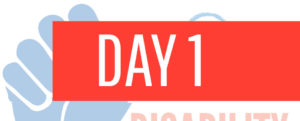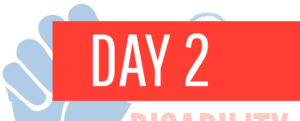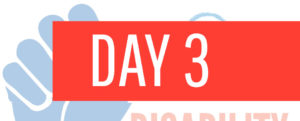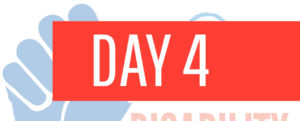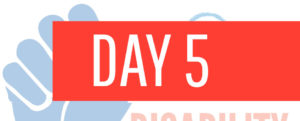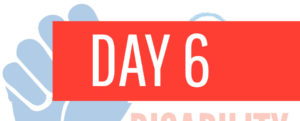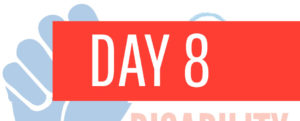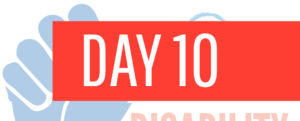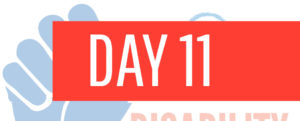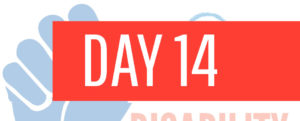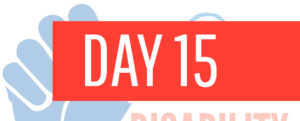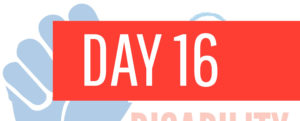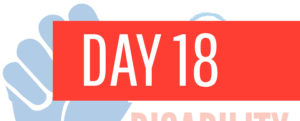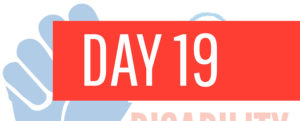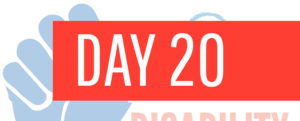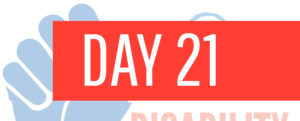Day 7: Intersectionality
The world is filled with people who identify with more than one aspect of themselves. An example of this is an individual with a disability who is Black and part of the LGBTQ+ community; that person will likely identify as all three of those characteristics. A person with multiple identities could face multiple types of discrimination. This is known as intersectionality; a term that was coined by Professor Kimberlé Crenshaw in the late 1980s.
Intersectionality describes how race, class, gender, and other individual characteristics “intersect” or overlap with one another. It considers people’s different identities and experiences when examining the complexity of prejudices they face every day. Examples of discrimination that individuals who belong to multiple marginalized groups could experience include, but are not limited to, discrimination in housing, disproportionate school punishments, police brutality, denial of services, and denial of job opportunities.
It is important for organizations to consider intersectionality when developing programs and services. We must be strategic with program and policy development, working collaboratively and participating in multi-focused advocacy issues to make our community fully accessible to all.

Read
- Identity Beyond Disability (opens in Facebook):
https://medium.com/dna-s-blog/identity-beyond-disability-3d59d19b1dad - Navigator Perspectives:
https://www.includenyc.org/content/perspectives-disability-and-intersectionality

Watch
- There is no justice without Disability (0:57):
- Intersectionality Between Race and Disability (39:52, includes ASL interpretation):
https://www.youtube.com/watch?v=rq-kiiTadnA&ab_channel=MSFTEnable
Discussion
- List the different identities you have. Are you part of more than one marginalized group?
- In what ways can organizations be more inclusive to every identity of the people they serve?
Image


